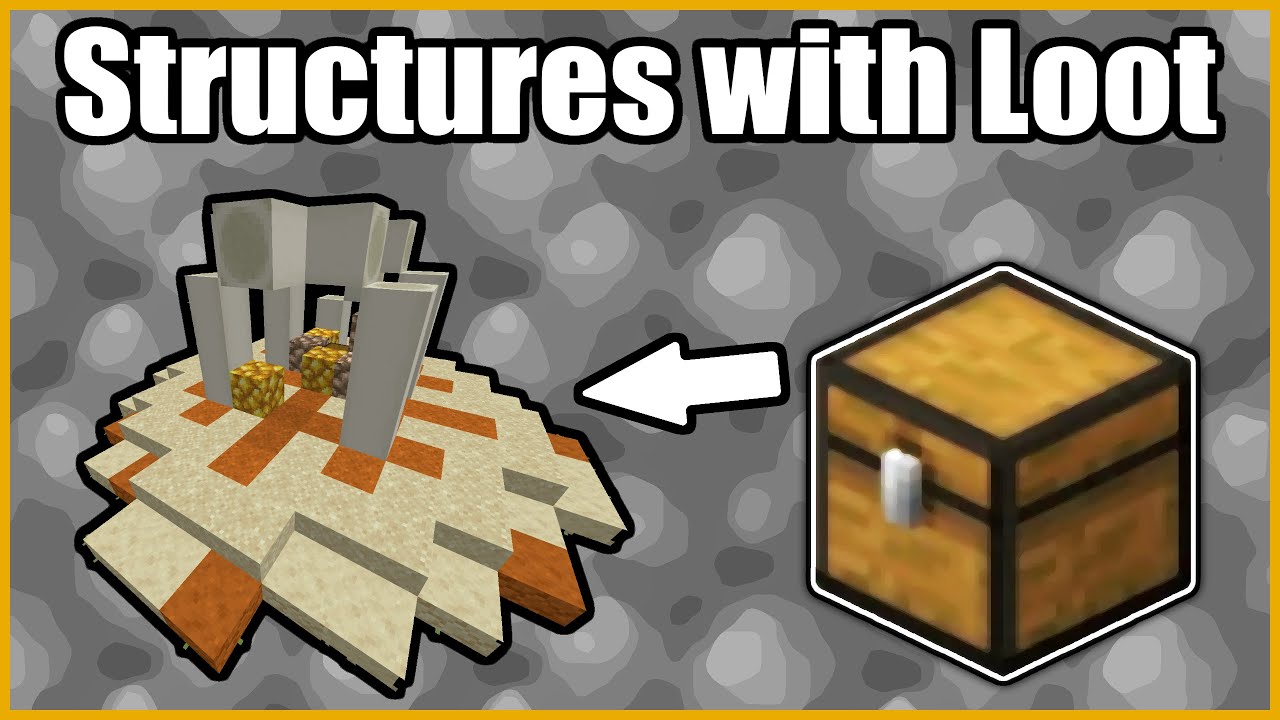Ornamental Iron Gate Fabrication
Summary
TLDRIn this video, Dave Oslin demonstrates the process of creating custom wrought iron gates. He walks through his design, which he created in AutoCAD, and details each step, including punching holes for balusters, bending the iron, and welding the parts together. Dave shares useful tips for MIG welding, working with various metal thicknesses, and using tools like angle grinders and flap discs. He also crafts a handmade latch and performs a dry fit before sending the gate for powder coating. The project is a blend of precision and creativity, with attention to detail and craftsmanship.
Takeaways
- 🔨 Dave Oslin decided to replace the wooden gates he built 23 years ago with wrought iron gates for a fresh look.
- 📐 He used AutoCAD to design the new gates, incorporating 4-inch rings between 3/4-inch pickets.
- 🛠️ Dave used a punch to create precise holes in the metal, ensuring a snug fit for the pickets and rings.
- 🚜 He bent the top rails of the gates using a mechanical Haas field machine, aligning the pieces carefully.
- 🔧 After notching and cutting the materials, he prepared them for assembly on a flat and square aluminum table.
- ⚙️ Dave emphasized using the right tools like an angle grinder and a special saw with a carbide blade for accurate cuts.
- 🧑🏭 Tack welding was used initially to allow flexibility in case of mistakes, which Dave admits happen often.
- ⚡ He shared tips on MIG welding, like proper grounding and managing the heat for dissimilar metal thicknesses.
- 💡 Dave stressed the importance of precision in assembly, including keeping welds clean and controlling stick-out length in MIG welding.
- 🎨 After assembling the frame and pickets, he planned to have the gates powder-coated and expressed satisfaction with the overall project, especially since his wife approved of the final look.
Q & A
What motivated Dave Oslin to replace the original gates he built 23 years ago?
-Dave Oslin wanted to try something different and enhance the entryway by replacing the original gates with new wrought iron gates.
What design did Dave Oslin create for the new gates?
-He drew up the plans using AutoCAD, which included four-inch rings between three-quarter-inch pickets.
What tool does Dave use to punch holes for the balusters, and how often are the holes punched?
-Dave uses a square punch on an iron worker to punch 13/16 by 13/16-inch holes every 4 and 1/16 inches to allow the balusters to fit.
Why does Dave cut his iron pieces slightly longer than needed before bending them?
-Dave cuts the pieces longer because bending the iron might affect the final length, so he cuts them to the precise length after bending.
What challenge does Dave mention when bending iron pieces, and how does he address it?
-Bending one piece of iron is easy, but bending multiple pieces to match exactly can be tricky. Dave compares the bent pieces and adjusts them as needed.
Why does Dave use an angle grinder with a cut-off wheel during the fabrication process?
-Dave uses the angle grinder with a cut-off wheel to notch and cut pieces for fitting tubing and making various adjustments to the parts.
What is the function of tack welding in Dave's fabrication process?
-Tack welding helps hold pieces together temporarily so that adjustments can be made if necessary before fully welding the parts.
What challenge does Dave face when welding dissimilar thicknesses of metal, and how does he handle it?
-Welding dissimilar thicknesses of metal requires balancing the heat. Dave places more heat on the thicker metal to prevent burning through the thinner piece while still achieving a strong weld.
Why is the 'stick out' length important in MIG welding, according to Dave?
-The 'stick out' (distance from the contact tip to the metal) is crucial in MIG welding because incorrect stick out can cause poor weld quality or damage the electrode.
What final adjustments and details does Dave make before the gates are ready for powder coating?
-Dave fits pickets, welds the components, cleans up the welds, adds decorative finials, ensures the latch works properly, and checks the weld strength before preparing the gates for powder coating.
Outlines

Esta sección está disponible solo para usuarios con suscripción. Por favor, mejora tu plan para acceder a esta parte.
Mejorar ahoraMindmap

Esta sección está disponible solo para usuarios con suscripción. Por favor, mejora tu plan para acceder a esta parte.
Mejorar ahoraKeywords

Esta sección está disponible solo para usuarios con suscripción. Por favor, mejora tu plan para acceder a esta parte.
Mejorar ahoraHighlights

Esta sección está disponible solo para usuarios con suscripción. Por favor, mejora tu plan para acceder a esta parte.
Mejorar ahoraTranscripts

Esta sección está disponible solo para usuarios con suscripción. Por favor, mejora tu plan para acceder a esta parte.
Mejorar ahoraVer Más Videos Relacionados
5.0 / 5 (0 votes)






